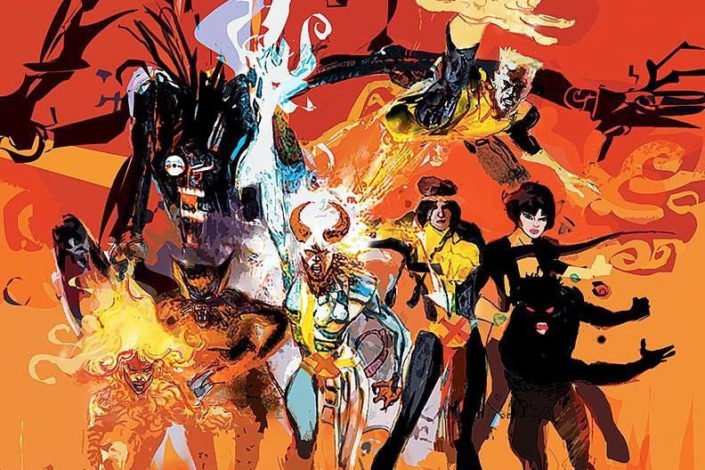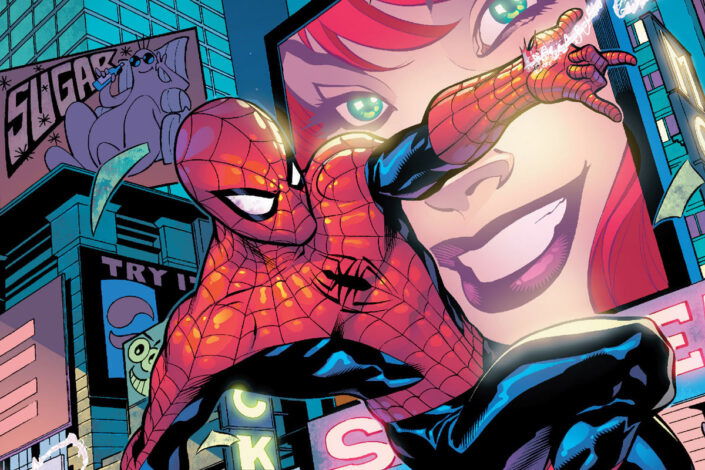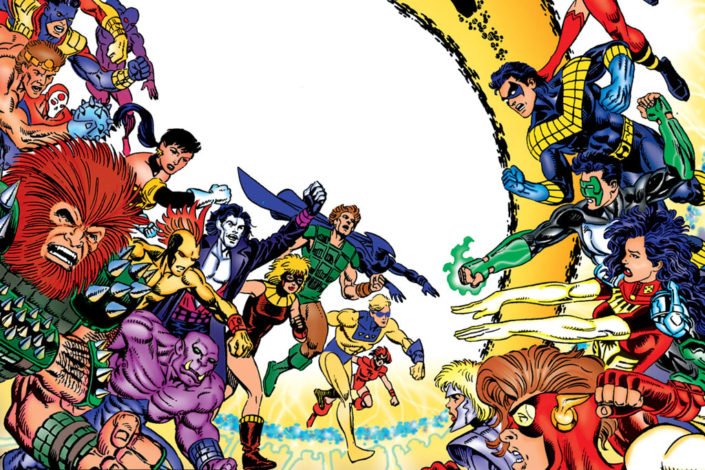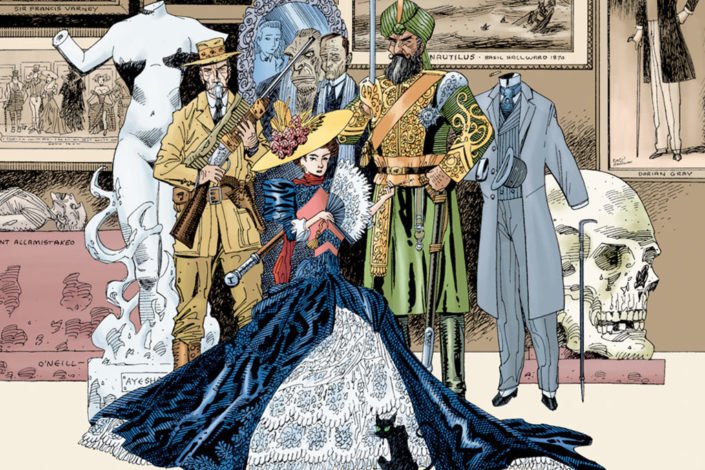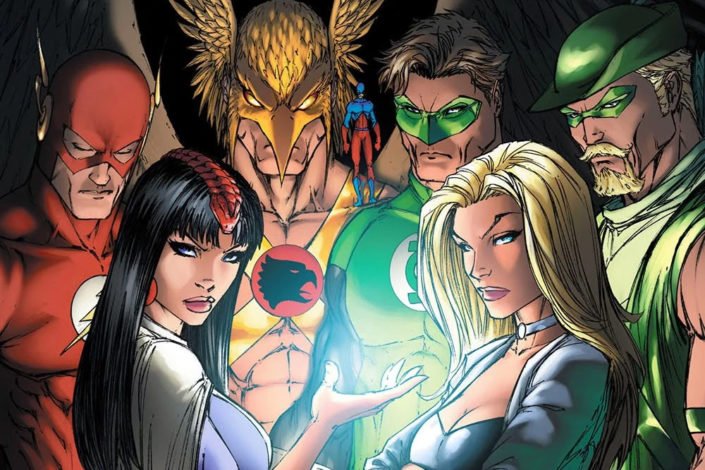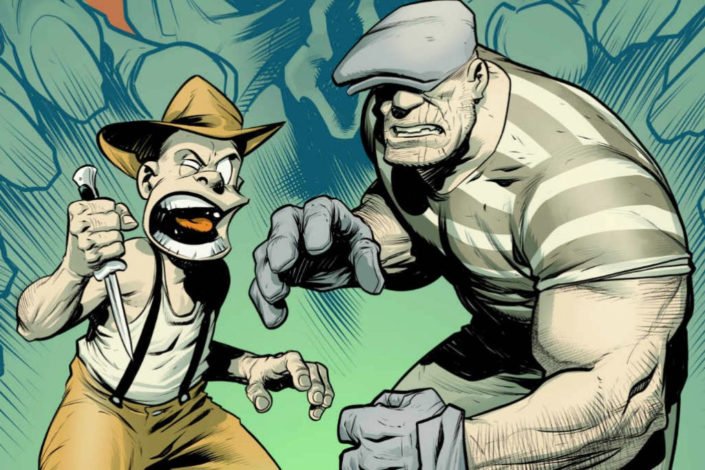Old Man Logan Reading Order

In Marvel Comics, Wolverine is one of the most popular characters. So much that there is more than one! We are not speaking about X-23, maybe the most famous Wolverine after the Original, but about Old Man Logan today. But be careful as there are actually three versions of the older and grimmer Logan!
The original Old Man Logan made his first appearance in Fantastic Four (1998) #558 before appearing in Wolverine #66. Created by Mark Millar and Steve McNiven, he lives in a dystopian future where the villains won — Earth-807128, aka the Wastelands timeline. He is mostly the star of a famous storyline and made a few other appearances.
Another version of the character was introduced in Secret Wars and found its way into Marvel’s main continuity after his Earth-shattering events. If you thought that the two characters were the same Old Man Logan, nobody could blame you! It was first suggested as such, with the character blending elements from the original dystopian story with elements from 616 Wolverine. It was later explained that this version was this was another Old Man Logan. And, let’s not forget that an alternate version of the second Old Man Logan was introduced in Edge of Venomverse #4.
Today, we’re taking a closer look at both versions of Old Man Logan—to avoid any confusion—starting with the story that began it all, then moving on to the second Old Man Logan’s many adventures across the Marvel Universe.
